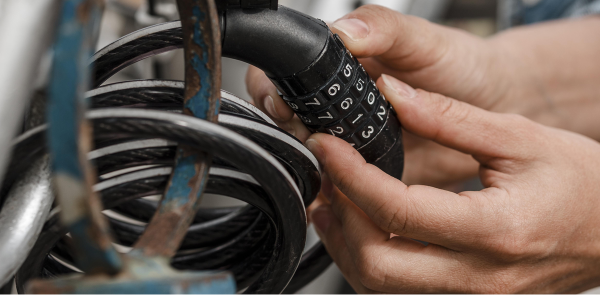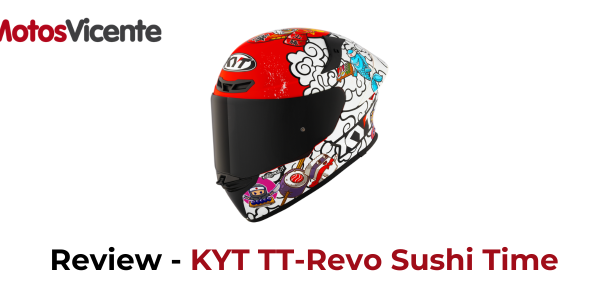
In this article, we explain everything you need to know about the current regulations on jet helmets. Although there are no definitive changes, we will tell you what is being considered and how it could affect motorcycle users.
What is happening with the jet helmet?
Currently, there are no regulations that prohibit the use of the jet helmet on dual carriageways and highways, so its use is still allowed on these roads. However, the General Directorate of Traffic (DGT) is evaluating the possibility of introducing restrictions on the use of jet helmets on these types of roads, as these helmets do not offer the same comprehensive protection as full-face helmets, especially at high speeds.
For now, this is only a proposal under discussion, and there are no official changes affecting motorcycle riders using this type of helmet. If approved, the regulation could establish restrictions similar to those in place for other helmet types, always aiming to improve the security of motorcyclists.
How does this affect the use of the jet helmet?
- In urban areas: The jet helmet remains completely valid and is fully allowed for city riding. In urban environments, where speeds are lower and the risk of serious accidents is lower, the use of the jet helmet does not present any issues regarding current regulations. No changes are expected in this regard.
- On highways and dual carriageways: Although there are no official restrictions, if you choose to wear a modular helmet on highways and dual carriageways, it must be fully closed to comply with security regulations and avoid the risks associated with air resistance at high speeds. Otherwise, it is recommended to use a full-face helmet, as it provides better protection in case of an accident at high speeds.
ECE 22.06 Homologation Regulations
One of the most significant changes in helmet regulations in recent years was the introduction of the ECE 22.06 regulation, which replaced the previous ECE 22.05. This new regulation, implemented in 2021, sets stricter tests regarding impact absorption and the structural resistance of helmets. These advancements aim to improve the protection of motorcyclists against potential dangers in case of an accident.
The ECE 22.06 regulation applies only to helmets manufactured after its entry into force, meaning that ECE 22.05 helmets are still valid and homologated until they reach the end of their useful life or no longer meet security requirements. However, new helmets must comply with the more demanding standards of ECE 22.06 to ensure maximum protection.
What to expect in the future?
Regarding the possible restriction of the use of the jet helmet on dual carriageways and highways, the DGT is still evaluating different options. While there are no definitive changes, authorities are considering accident statistics and the effectiveness of helmets in protecting motorcyclists at high speeds. Any changes that involve improvements in road safety will undoubtedly benefit the motorcycling community, as they aim to reduce the number of serious accidents and their consequences.
It is important to stay tuned for updates from the DGT, as traffic regulations may be updated based on advancements in security and technology.
Your opinion matters
If you have questions or comments about the current or future jet helmet regulations, feel free to contact us or visit us in-store. We are here to help and address all your concerns, and we are always ready to listen to provide you with the best available information. We also leave you a video with all the relevant information about the regulations for this type of helmet.





















































Feedback (0)